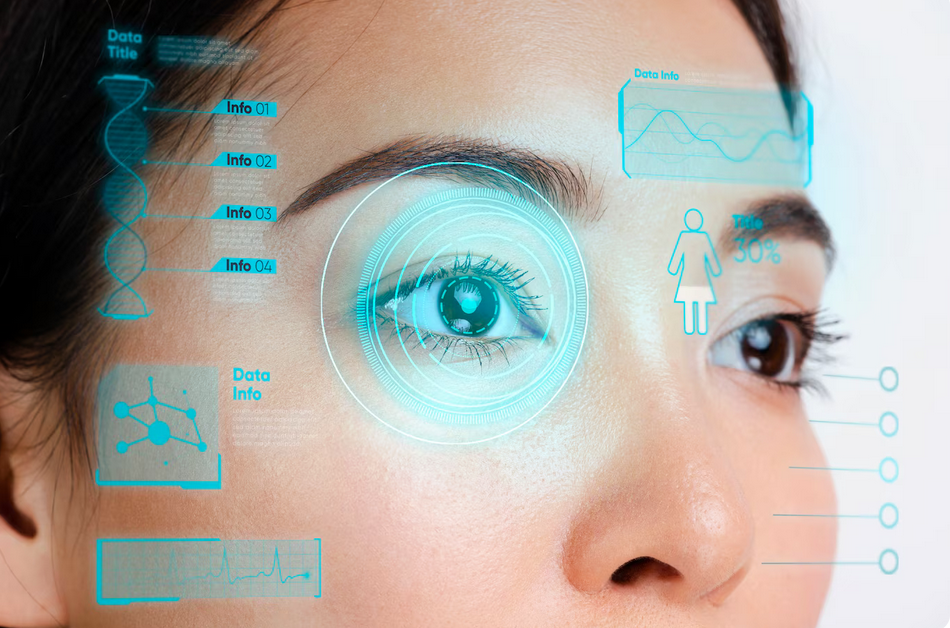SMILE (Small Incision Lenticule Extraction) is a next-generation laser vision correction technique offering high precision, minimal invasiveness, and excellent long-term outcomes. While traditionally used for healthy eyes with myopia and astigmatism, many patients with certain medical eye conditions wonder if SMILE could also benefit them.
In this guide, we’ll explore how SMILE may improve vision for patients with specific medical eye conditions, who qualifies, and when alternative treatments may be more appropriate.
What Makes SMILE Unique?
SMILE reshapes the cornea by removing a lenticule (a small, disc-shaped piece of tissue) through a 2–4 mm incision using a femtosecond laser. Unlike LASIK, it does not require creating a corneal flap, which preserves more corneal nerves and structure—a major advantage for patients with certain pre-existing conditions.
Key Benefits:
- Flapless technique (less invasive)
- Fewer dry eye symptoms
- Stronger corneal integrity
- Less inflammation and faster recovery
SMILE and Common Medical Eye Conditions
1. Dry Eye Syndrome
- How SMILE Helps: Unlike LASIK, SMILE preserves the anterior corneal nerves responsible for tear production. This significantly reduces the risk of worsening dry eye, making it a preferred option for patients with mild to moderate dry eye symptoms.
- Clinical Evidence: Studies show SMILE causes less postoperative dry eye compared to LASIK due to reduced nerve disruption.
- Limitations: Not ideal for patients with severe or uncontrolled dry eye, Sjögren’s syndrome, or Meibomian gland dysfunction unless first managed medically.
2. Thin Corneas
- How SMILE Helps: SMILE removes tissue from the interior of the cornea, avoiding the need for a flap. This helps preserve more anterior corneal tissue, often making it a viable option for patients with borderline corneal thickness.
- Important Note: Corneas must still meet minimum thickness criteria for safe lenticule creation. If too thin, PRK or ICL (implantable contact lenses) may be safer.
3. Mild Keratoconus or Forme Fruste Keratoconus
- Caution Required: SMILE is not generally recommended for diagnosed keratoconus, even in its early stages, due to the risk of further destabilizing the cornea.
- Alternative Options: Corneal cross-linking (CXL), sometimes combined with ICL, may be safer and more effective.
- Emerging Protocols: Some studies are investigating combined SMILE + CXL, but this remains investigational.
4. High Myopia with Healthy Retina
- How SMILE Helps: For patients with stable high myopia, SMILE offers an effective, long-term alternative to glasses or contacts.
- Considerations: High myopia often correlates with retinal thinning or detachment risk. A retinal exam is crucial before surgery to rule out peripheral retinal degeneration.
- Outcome: SMILE can correct up to -10.00 diopters of myopia with predictable outcomes in suitable candidates.
5. Astigmatism
- How SMILE Helps: SMILE is FDA-approved to treat up to -3.00 diopters of astigmatism.
- Advantages Over LASIK: Recent laser platforms now offer better centration and cylinder control, leading to improved outcomes for patients with combined myopia and astigmatism.
- Limitation: Extreme or irregular astigmatism may be better managed with customized PRK or topography-guided LASIK.
Conditions Where SMILE Is Not Recommended
SMILE is contraindicated or not ideal for the following conditions:
- Active ocular infections or inflammation
- Unstable refractive errors
- Severe dry eye disease or autoimmune keratopathy
- Keratoconus or post-LASIK ectasia
- Uncontrolled diabetes with retinal involvement
- Pregnancy or lactation
Preoperative Evaluation for Patients with Medical Eye History
If you have a medical eye condition and are considering SMILE, your surgeon will perform a comprehensive preoperative evaluation, including:
- Corneal topography and tomography
- Tear film analysis (Schirmer’s test, TBUT)
- Pachymetry (corneal thickness measurement)
- Retinal evaluation (especially in high myopia)
- Medical history screening (autoimmune, diabetes, allergies)
Only after passing these assessments can SMILE be considered safe and effective for you.
Patient Case Example: SMILE for Mild Dry Eye and Moderate Myopia
Profile:
- 35-year-old female with -5.00 D myopia in both eyes
- Mild dry eye symptoms (burning, tearing), worse with contact lens use
- Normal corneal topography and thickness
Outcome:
- SMILE performed successfully
- Mild dryness post-op, resolved by 4 weeks with lubricating drops
- Achieved 20/20 uncorrected vision
- No need for glasses or contacts, reduced ocular discomfort
Summary: Is SMILE Right for You?
| Condition | Can SMILE Help? | Notes |
|---|---|---|
| Mild–moderate dry eye | ✅ Yes | Lower nerve damage vs. LASIK |
| Thin corneas (but not too thin) | ✅ Possibly | Depends on thickness and risk assessment |
| Mild astigmatism | ✅ Yes | Up to -3.00 D FDA-approved |
| Early keratoconus | ⚠️ Not recommended | Consider CXL or ICL |
| Severe dry eye or autoimmune | ❌ No | Higher risk of complications |
| High myopia with healthy retina | ✅ Yes | Check for retinal thinning or degeneration |
Final Thoughts
SMILE eye surgery is an advanced and safer option for vision correction, especially for patients with certain mild to moderate medical eye conditions like dry eye or thin corneas. However, proper screening and clinical judgment are essential to ensure it’s the best choice for your unique ocular health.
If you’re a medical patient considering SMILE:
- Schedule a full eye evaluation with a refractive surgeon
- Ask about corneal mapping, dry eye tests, and retinal screening
- Understand both the benefits and limitations specific to your condition




